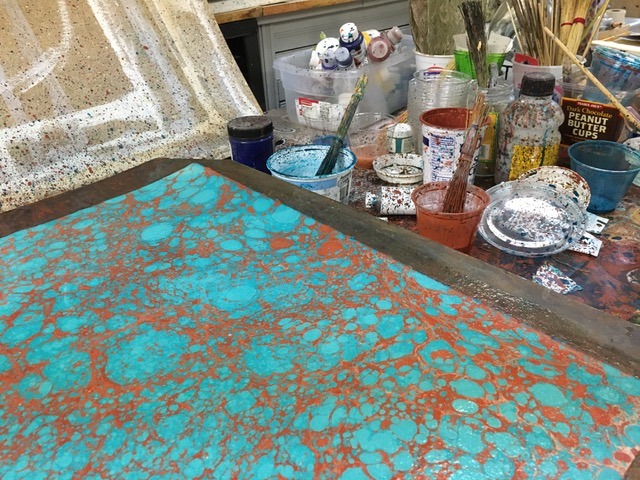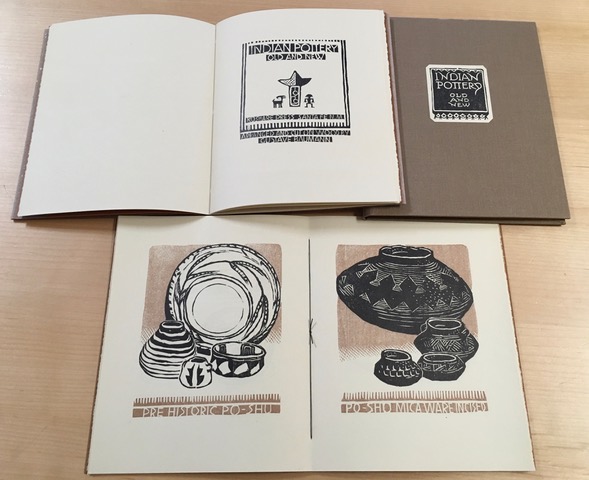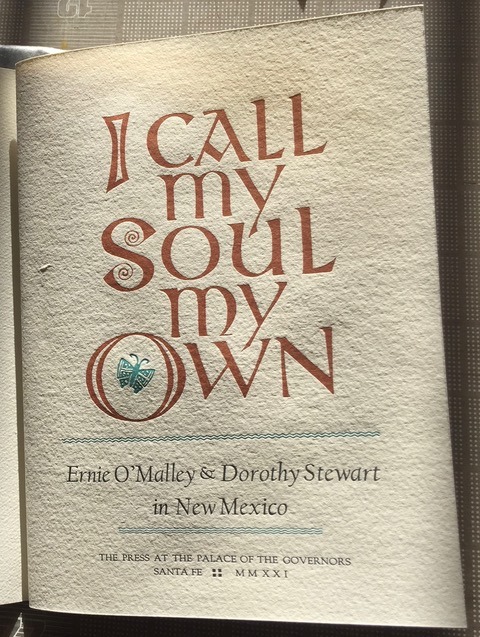
Just off the press,
The Press at the Palace of the Governors is pleased to announce the release of ERNIE O’MALLEY & DOROTHY STEWART IN NEW MEXICO
The title of the book comes from the 1929 diary entry of Ernie O’Malley, written in Taos, New Mexico. It is self-conversation that begins with Ernie asking, “What the hell are you doing near Indian country?” It goes on to reveal the philosophy and values of the young general in the Irish war for independence as he seeks new experiences in America. Shortly after this was recorded, he met artist Dorothy Newkirk Stewart, who lived at El Zaguán on Canyon Road in Santa Fe. The two forged a friendship based on a shared commitment to the arts, travel, and indigenous cultures that took them around New Mexico and on to Mexico.
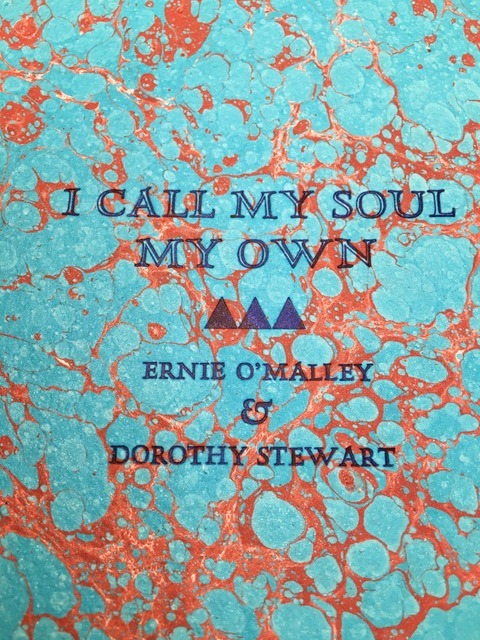
Introduced by Cormac O’Malley, the book is a hybrid cross of an album amicorum – a friendship book – and an informal artist book, juxtaposing the words of Ernie O’Malley and early prints by Dorothy Stewart. Inspired by Dorothy’s at times “throw caution to the wind” approach to book design, we meandered into book-making parts unknown on the way to completion. Dimensions, typography, and papers were tried and ruled out until we arrived at a book you will want to caress. It won’t take long to read, but you will return to it again and again. You may even recognize yourself in it, for honestly, who of us hasn’t had a similar self-conversation?
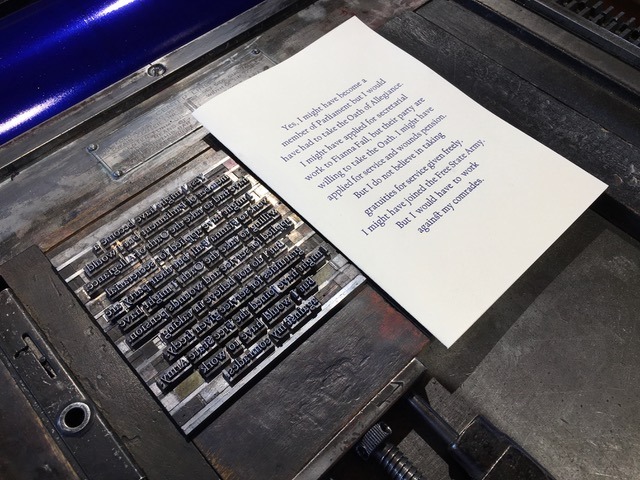
With 48 pages measuring 5 x 7.5 inches, 100 copies of this letterpress edition were printed. The soft-cover binding is based on the popular travelers’ journals that we make and sell at the Palace Press. Our friend Patricia Musick, who knows more about Irish lettering than nearly anyone, designed the lettering for the title page, and also the monogram of the entwined EOM and DNS initials used on the half-title page. Text papers are Biblio and handmade Moravia, and the cover paper is a rare handmade by John Koller. It was marbled by Thomas Leech, who along with James Bourland, did the presswork. The typefaces, all handset, are Goudy Oldstyle and University of California, with Colum Cille used judiciously for the headings. That typeface was designed as a Gaelic alphabet in the 1930s and is named for the Irish monk, scribe and saint.
